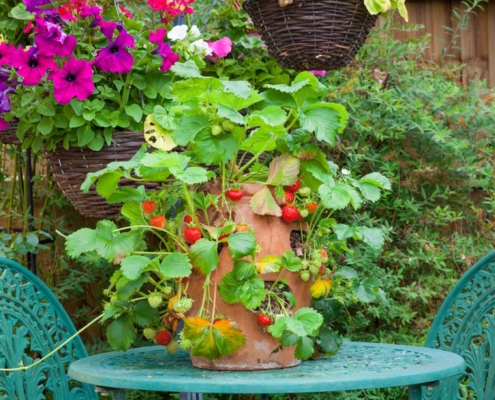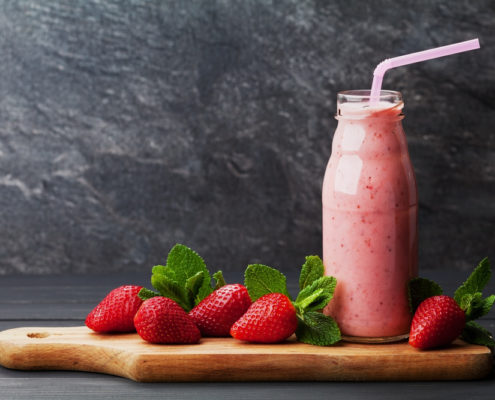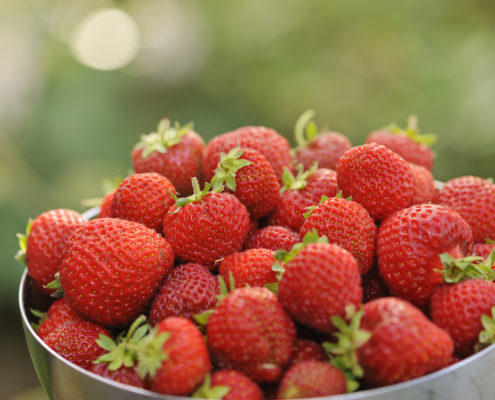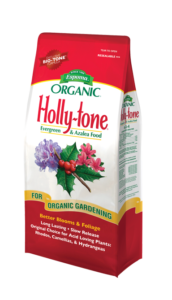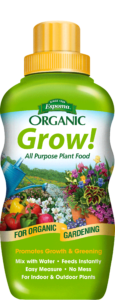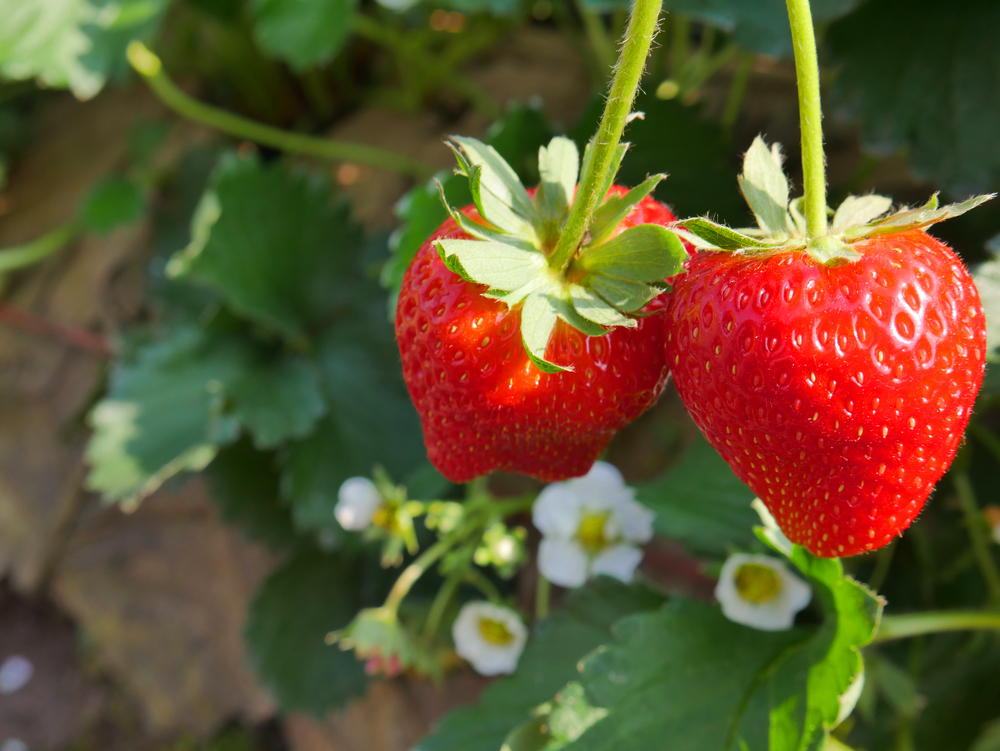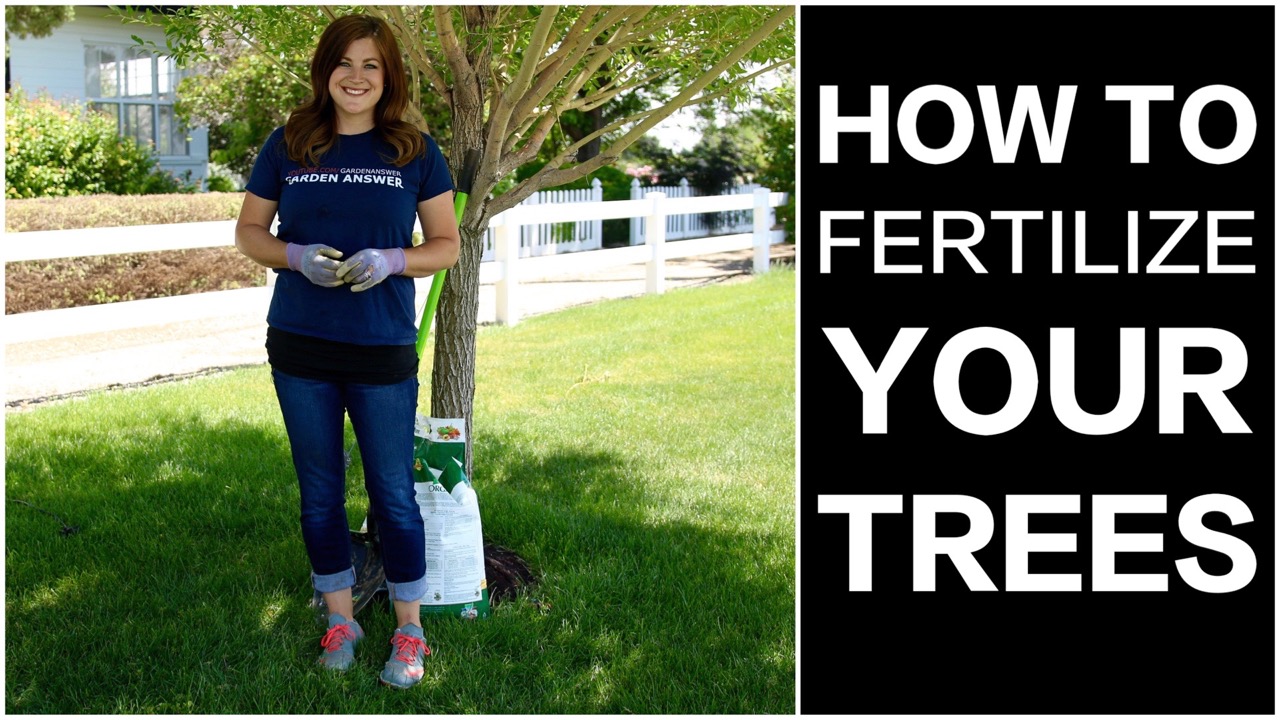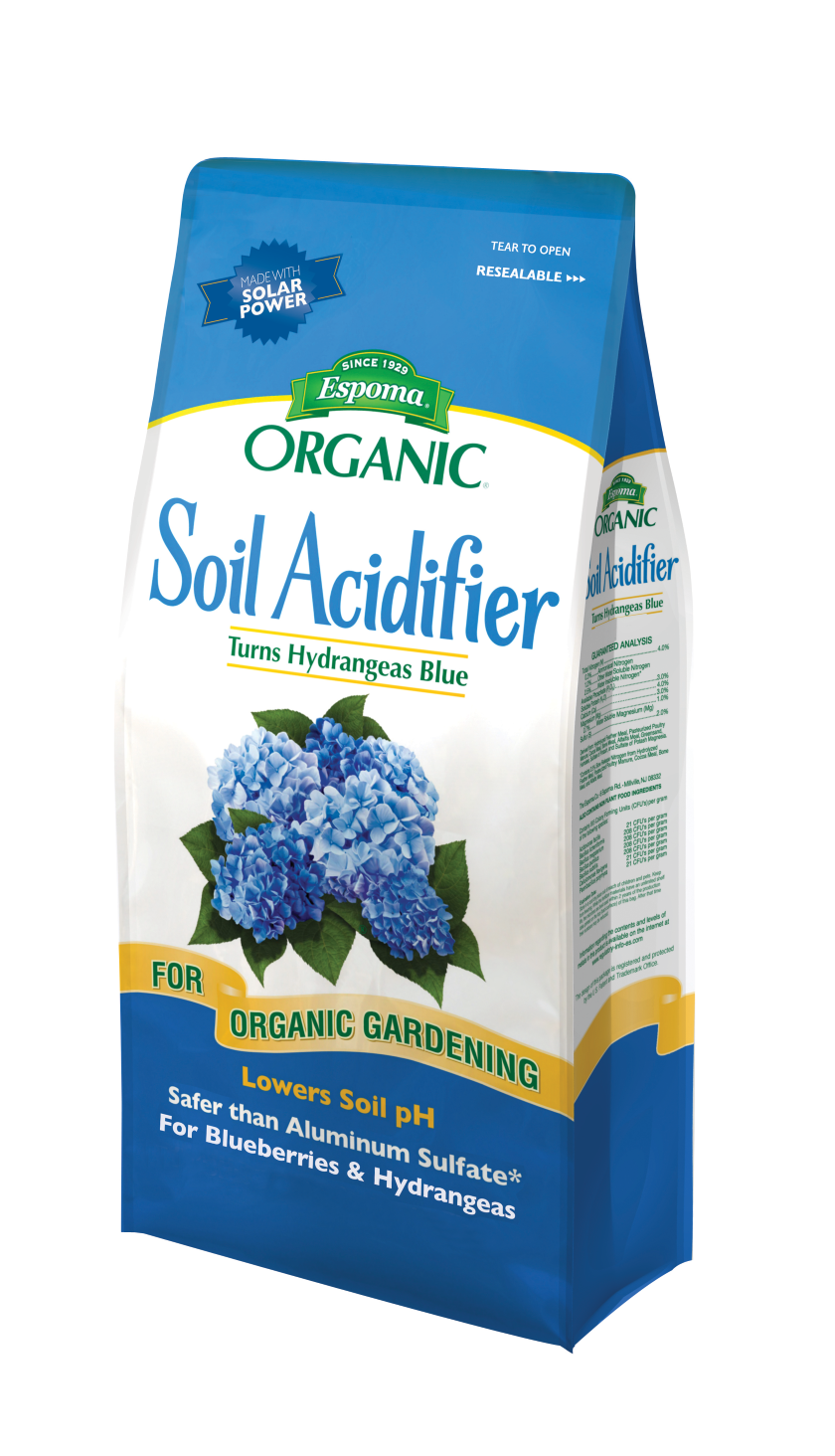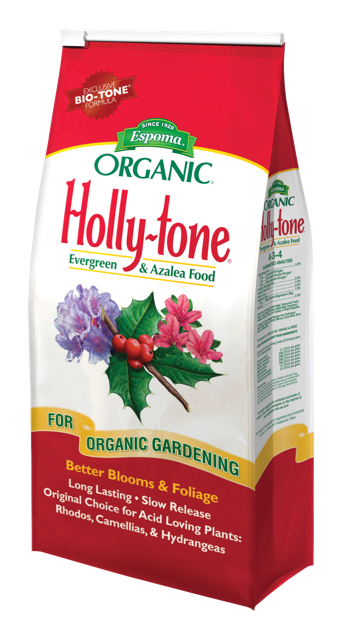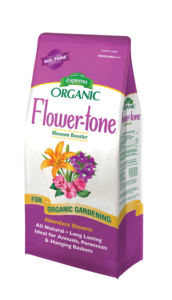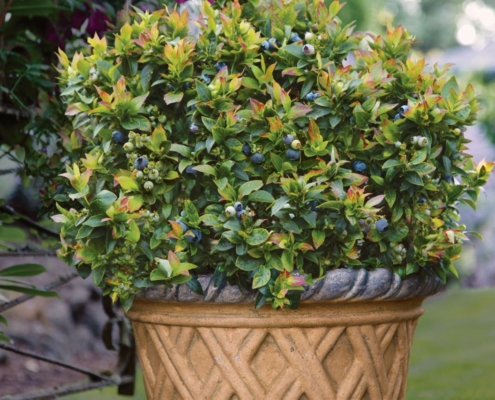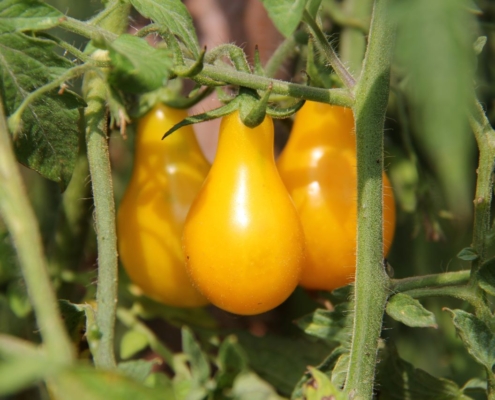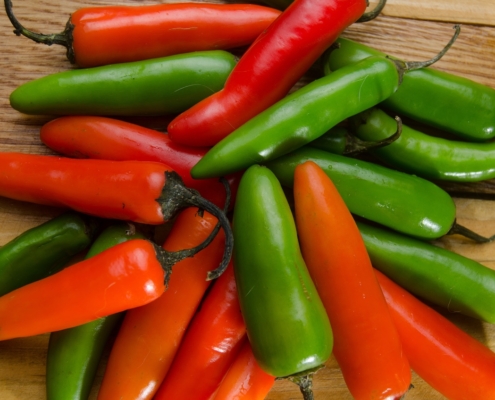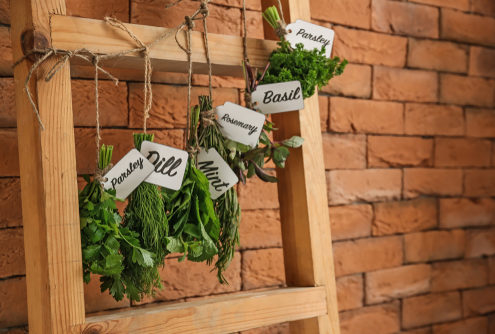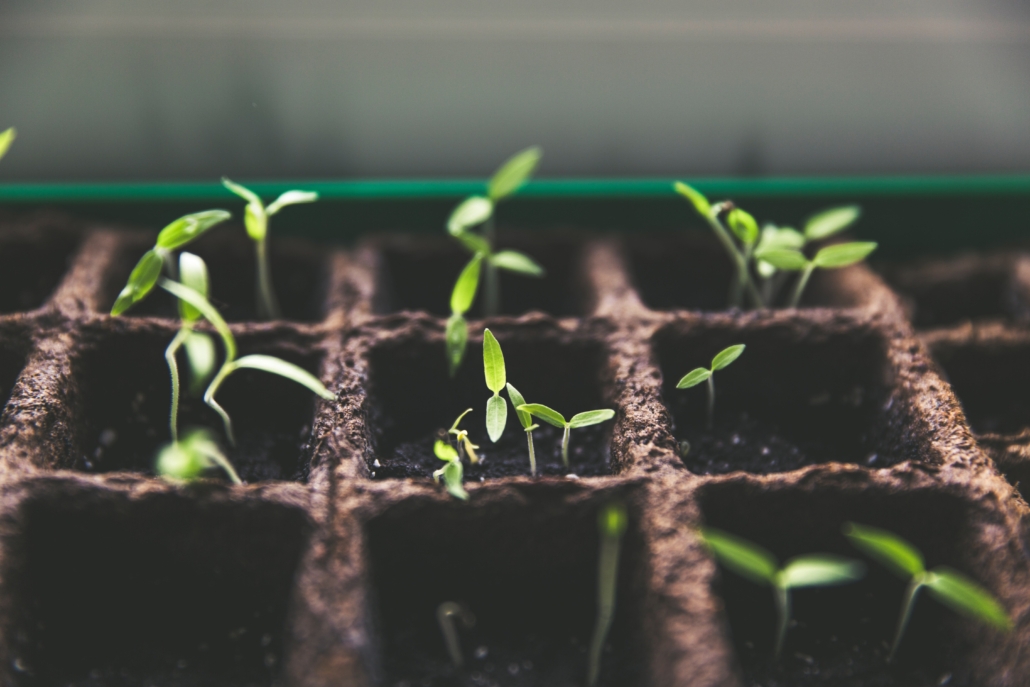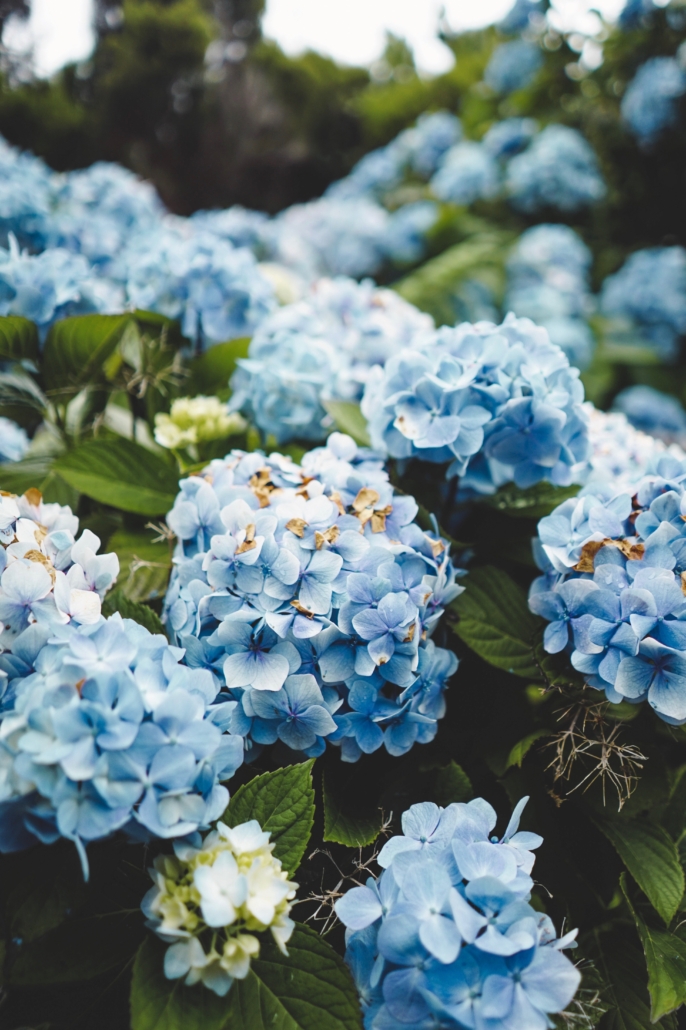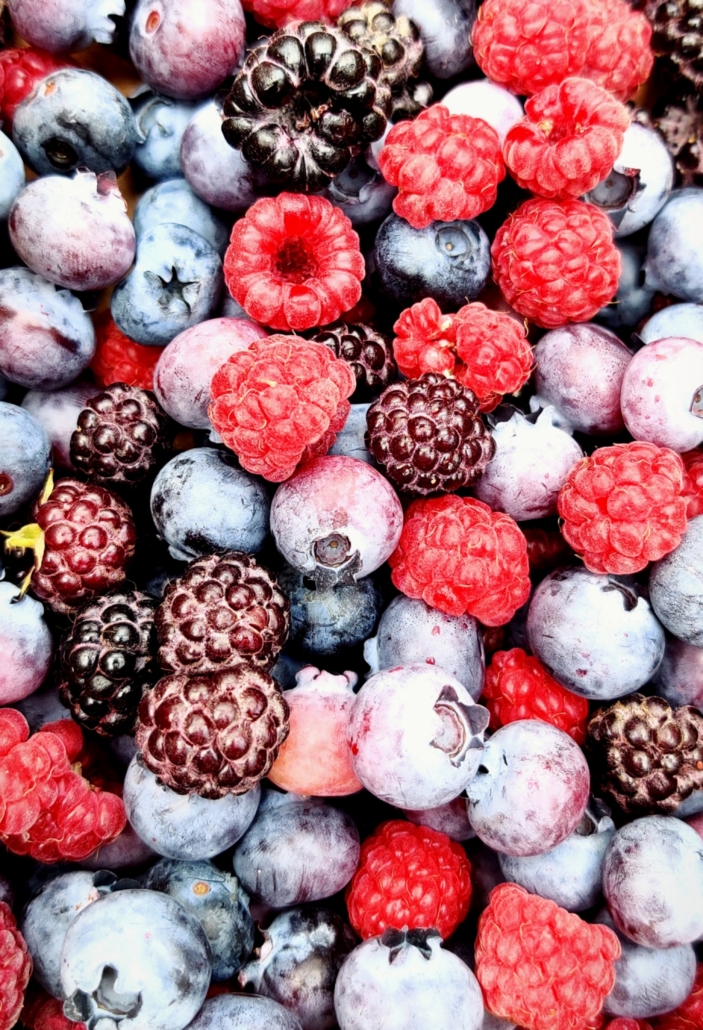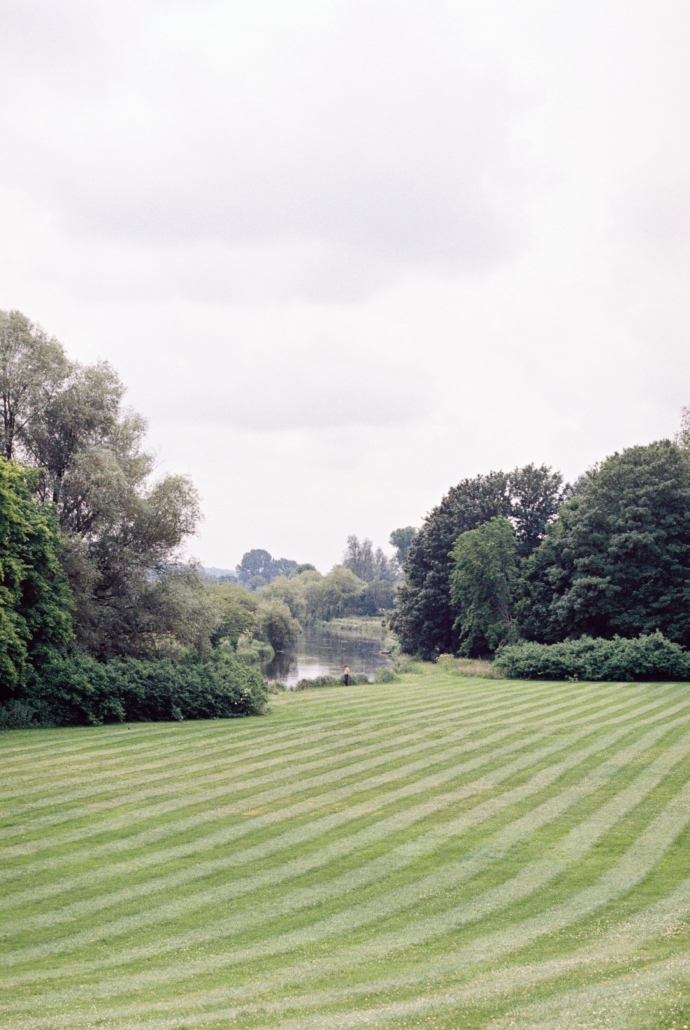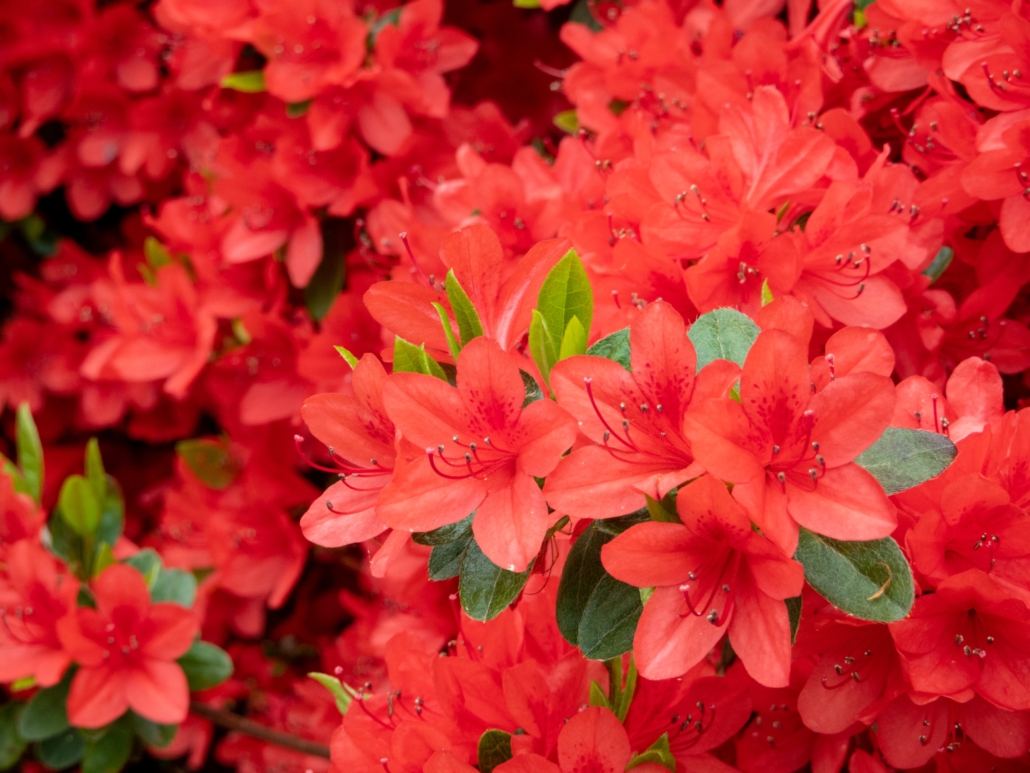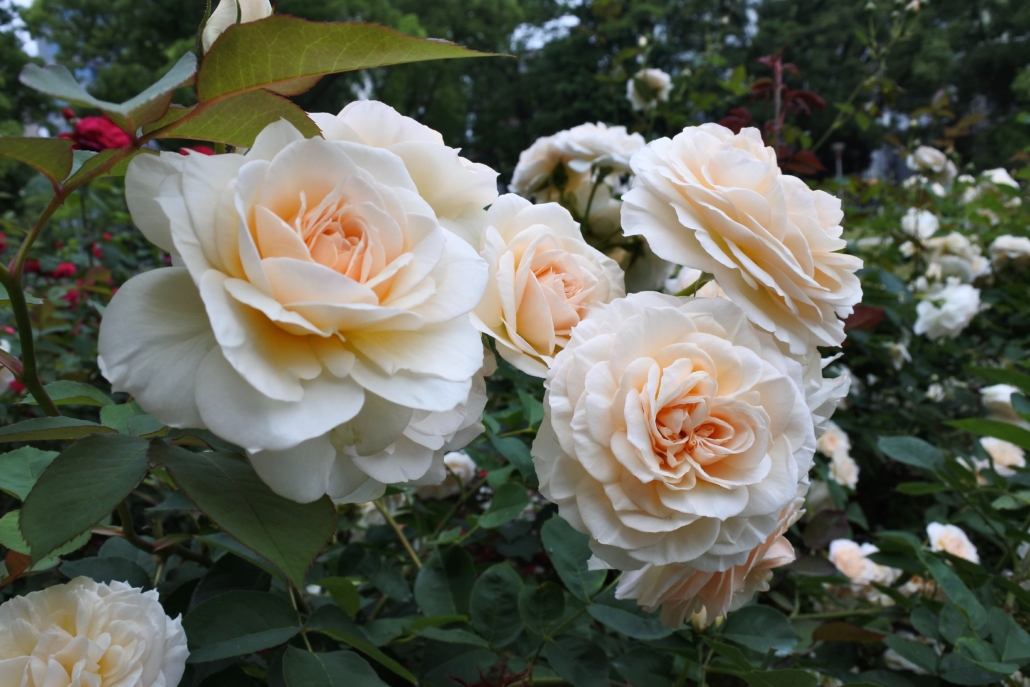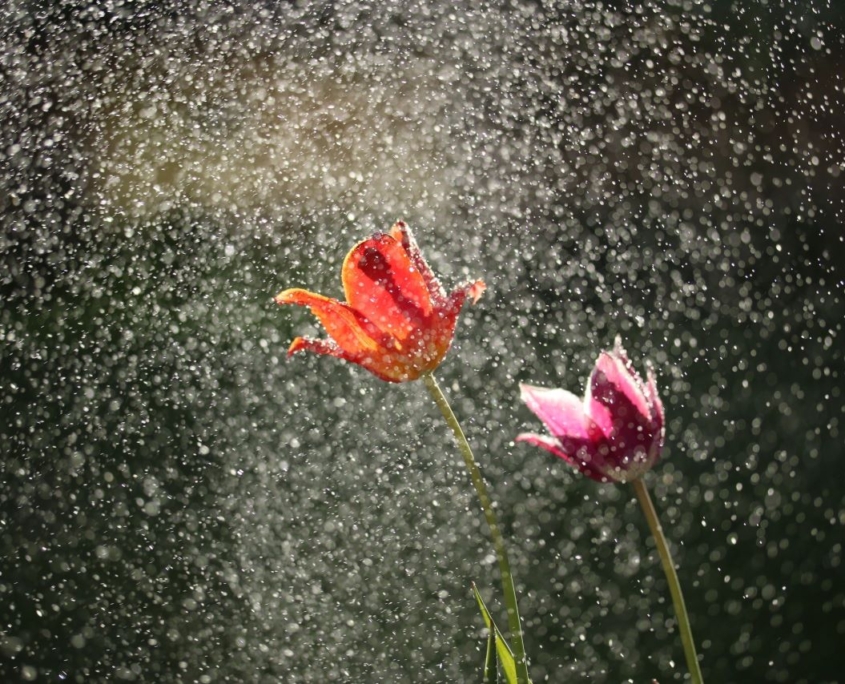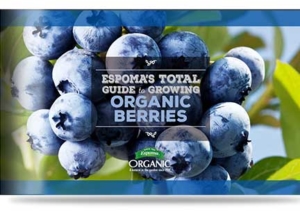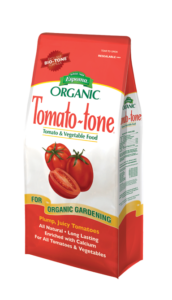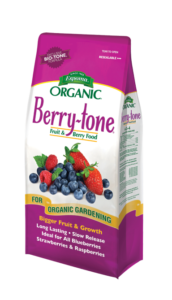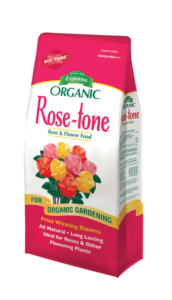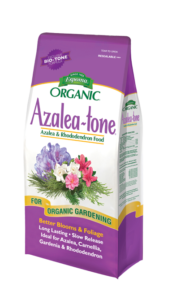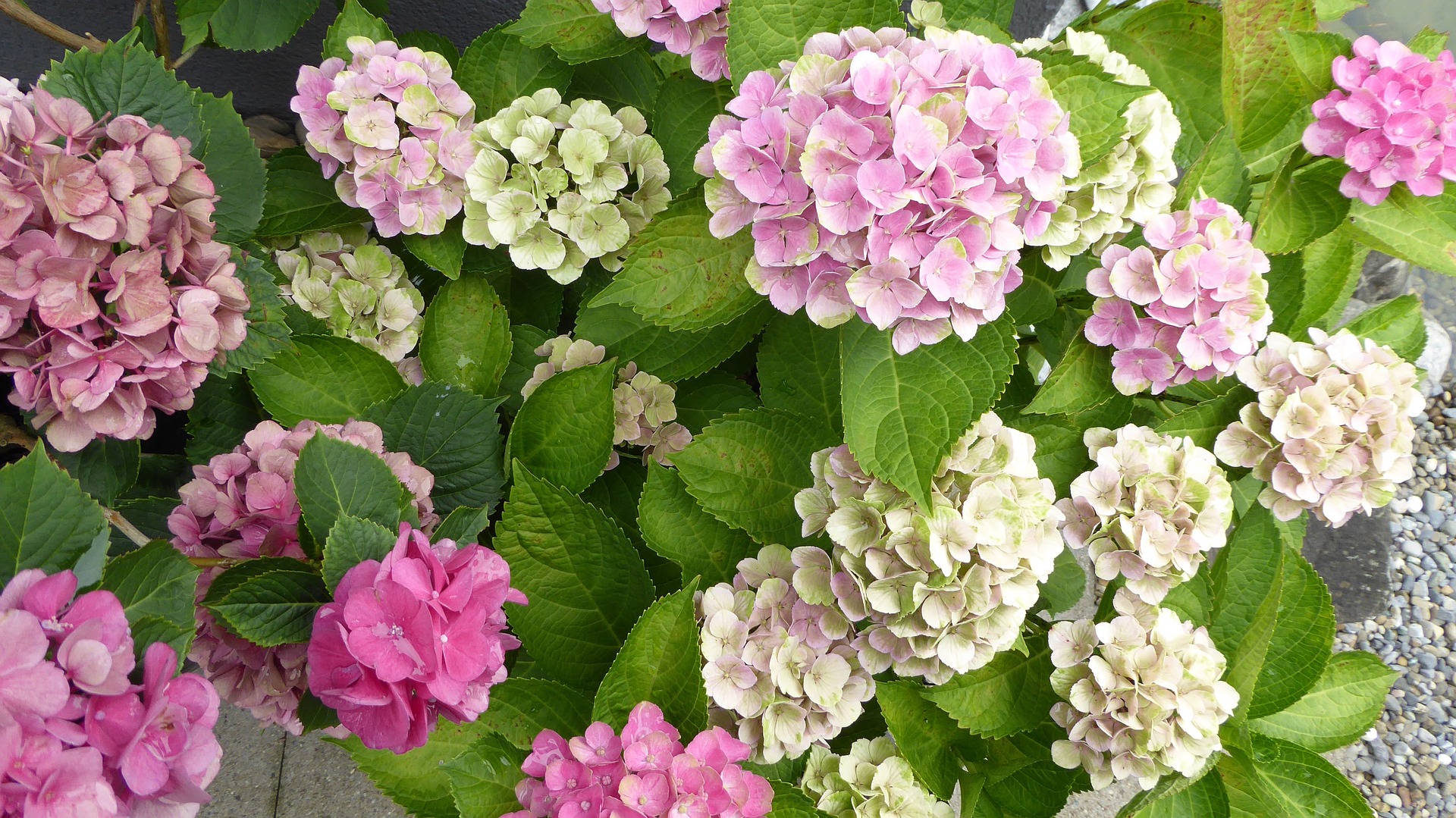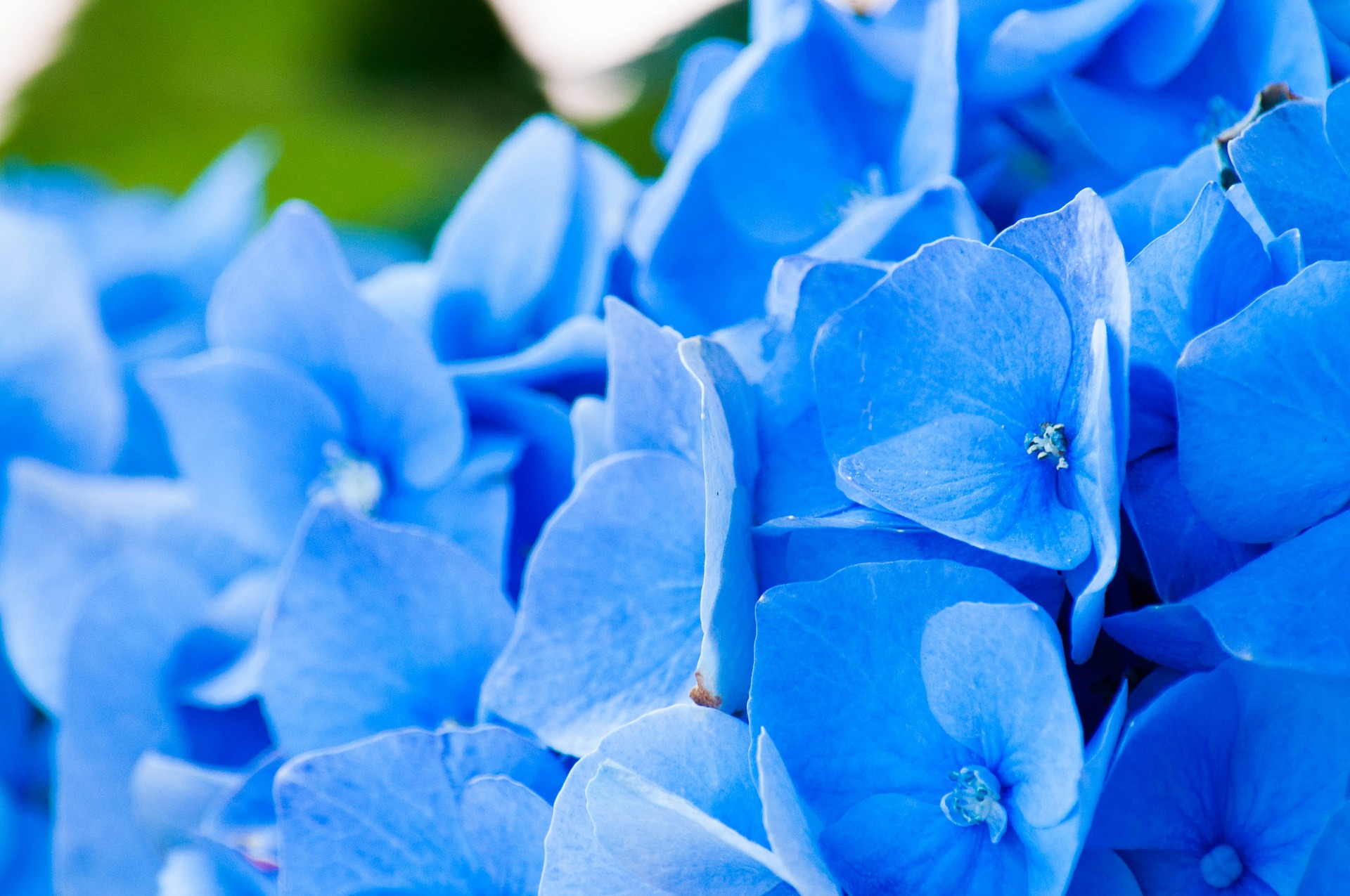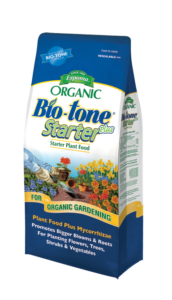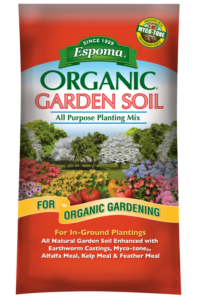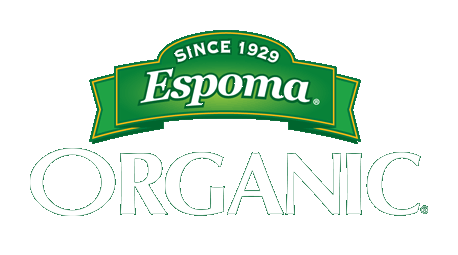How to Choose the Right Strawberry Variety to Grow
Strawberries are one of the most popular berries for gardeners to grow. They pack quite a punch, they are a great source of Vitamin C and dietary fiber and have only 49 calories per cup.
When you are ready to plant strawberries, start by deciding which variety will be best for your location and stop by your local garden center for supplies. Encourage strawberries to grow by adding Espoma’s Holly-tone, an organic plant food perfect for these acid-loving plants.
You can find strawberries either as June bearing or everbearing. June bearing strawberries form flower buds in the fall as the day length decreases. You’ll be able to harvest them the following early to mid-June and for three to four weeks. June-bearing strawberries produce their first crop the second year after planting.
June bearing strawberries are available in early, mid-season and late varieties. These varieties differ by the best time to harvest. The difference between early and mid-season is only a couple of days, for late season, it’s about seven to nine days.
Though everbearing strawberries begin to bear fruit at the same time as June bearers, they will continue to produce berries throughout summer and into fall — sometimes even all of the way into October. The different varieties in the everbearing group are known as day-neutral. This means the plants do not need a certain amount of daylight to set flower buds.
The best strawberry varieties to grow
For taste. One of the most important factors in deciding which berries to grow is taste. If you’re ordering your strawberries from a catalog, look to see what the dessert quality is rated. We recommend planting the sparkle variety. These fan favorites are widely considered one of the best choices. Sparkle strawberries are medium-sized with an intense flavor and deep red coloring.
For freezing. Some people want berries that will last all season when they freeze them and not turn to mush. When you’re picking a variety, choose one that produces firm, red strawberries with a slight tart flavor. Allstar is a June-bearing strawberry that’s firm with a glossy red coloring. It produces very large berries with a mild, but sweet flavor, making it ideal for freezing and enjoying for months to come.
For size. Another factor to consider is size — do you want very large, large, medium or something in between? If you’re looking for a plant that grows consistently sized berries throughout the season, we recommend June-bearing Honeoye strawberries. These early season berries are large, firm and can be bright orange to red in color. It’s also known to produce plenty of berries.
For canning and jams. Most strawberries are well-suited for canning and jam. Earliglow, a June-bearing strawberry, is especially tasty. It sets and ripens its fruit sooner than virtually every other strawberry variety available. They have an excellent and sweet flavor, plus they are resistant to many strawberry diseases.
For growing in containers. Small space gardeners can still grow large berries. Seascape strawberry plants are everbearing and produce large berries that are bursting with flavor. This variety is also disease-resistant.
For a twist, grow strawberries vertically like Laura from Garden Answer does.
Get The Best Berries with:

